Why measure gloss?
Gloss is an aspect of the visual perception of objects that is as important as colour when considering the psychological impact of products on a
$5,020
Designed specifically to measure the gloss of surfaces that cannot be measured using traditional glossmeters, the novo-gloss flex 60 glossmeter combines the functionality and reporting of an advanced glossmeter with an ultra lightweight remote measuring head.
The Novo-Gloss Flex 60 has been designed specifically to measure low gloss surfaces. It features an additional measuring scale with a resolution 10 times greater than standard glossmeters.
This increased resolution gives a far superior level of control of surface finish.
The Novo-Gloss Flex 60 complies to ISO 2813 and measurements made with the instrument are compatible with traditional glossmeters complying to these standards.
Fast measurement of all parameters. Full on-board statistics with graphical trend analysis and reporting.
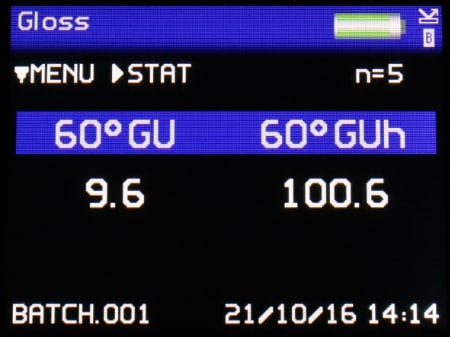
Simultaneous measurement of all parameters, results are date and time stamped.
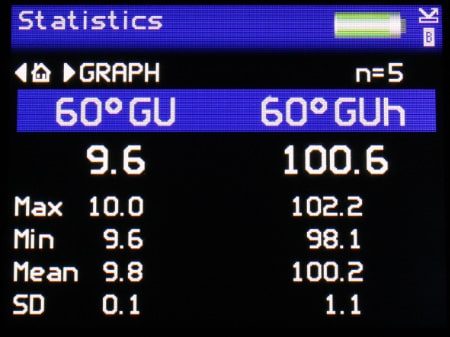
Displays full statistics for the number of readings in the current batch.
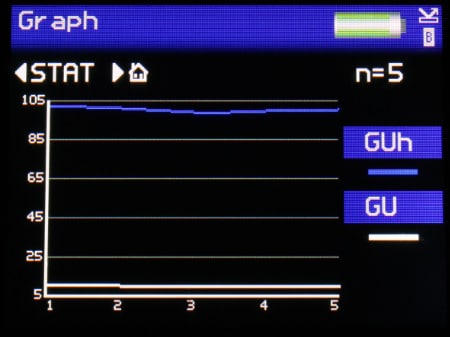
Graphical reporting for quick trend analysis.
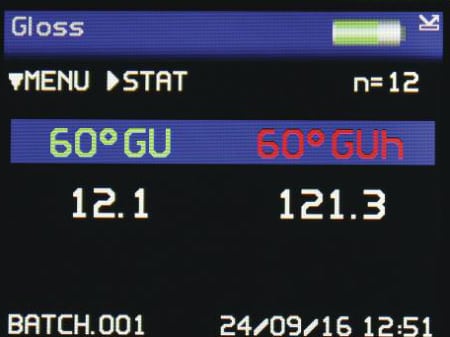
Pass / fail parameters can be defined for instant identification of non-conformances.
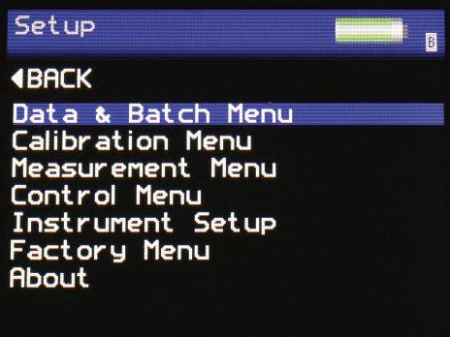
User definable batch names and batch sizes for quicker and more efficient reporting.
Software-free data transfer.
USB connection to PC instantly recognises the device as a drive location which facilitates the quick transfer of files using Windows Explorer or similar.
Analyse and compare individual measurements made with the instrument.

Instantly transmit measured readings directly to programs such as MS Excel on your PC / tablet to greatly simplify the reporting process.
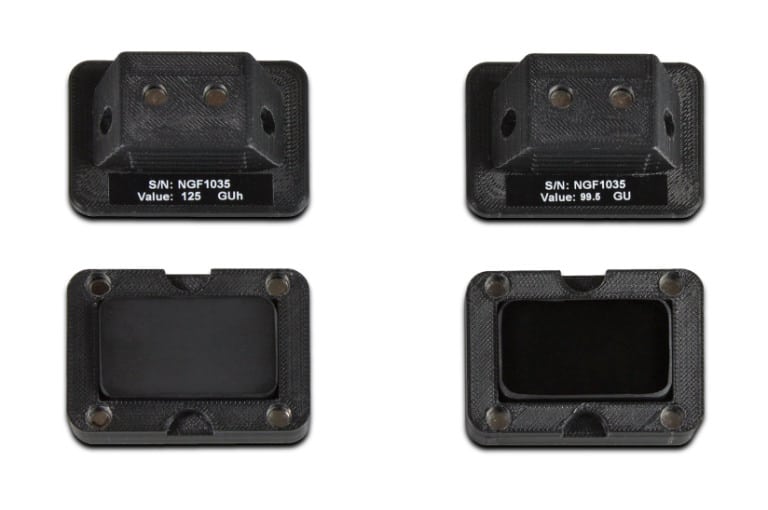
The Novo-Gloss Flex 60 is supplied with 2 calibration standards for low and high gloss which gives increased accuracy and resolution for low gloss surfaces.
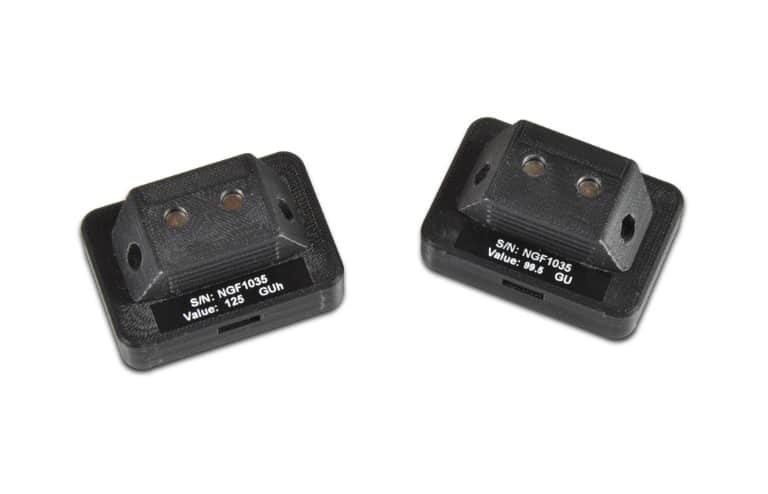
The calibration standards are magnetically enclosed which offers superior protection from contamination.
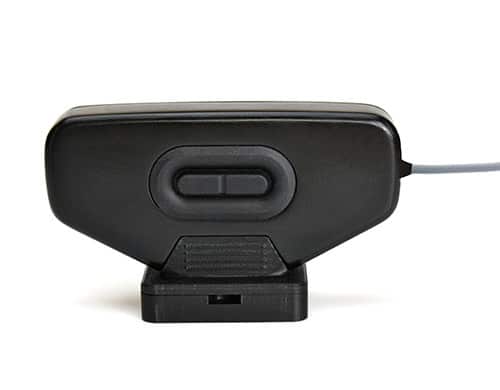
The standards are magnetically attached to the instrument measuring head to ensure repeatible calibration.
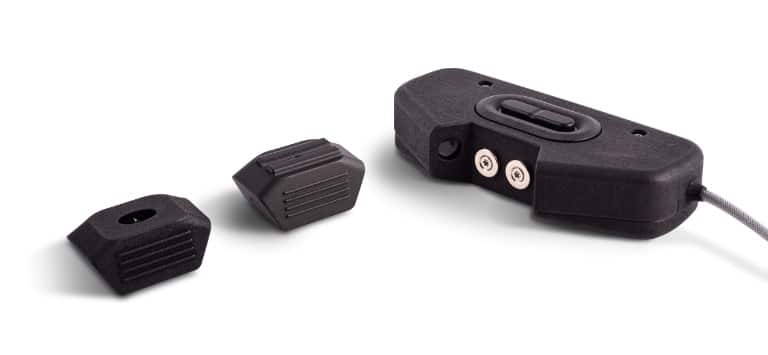
The instrument is supplied with interchangeable measurement adaptors.
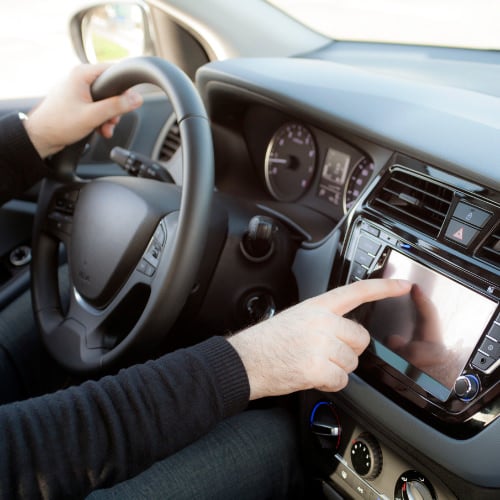
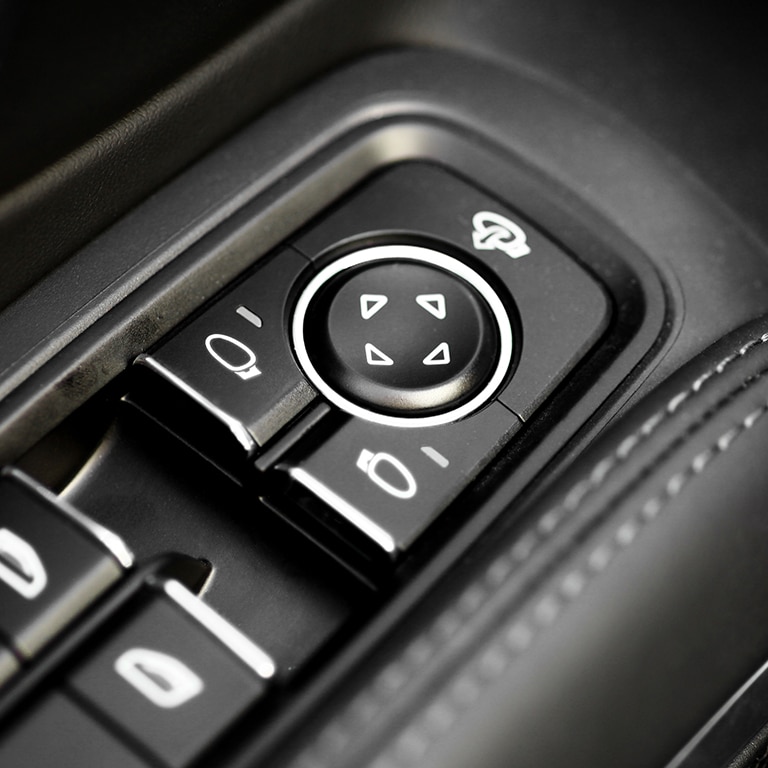
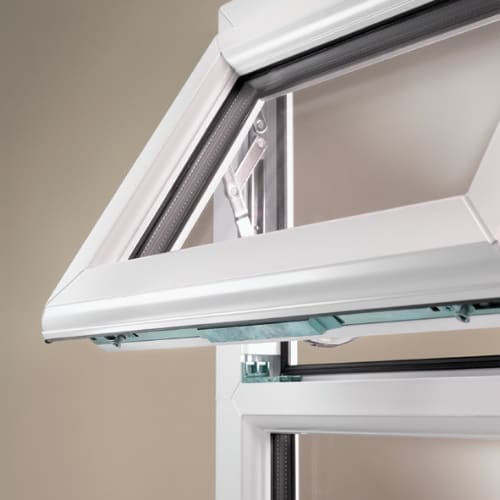

| Instrument Specification | ||||||
|---|---|---|---|---|---|---|
| Operation | Full colour easy to read screen Adjustable brightness 6 button touch sensitive interface | |||||
| Construction | Integrated calibration holders for error free calibration | |||||
| Measurement | Fast measurement Results batching with user definable names | |||||
| Graphical Analysis | On board trend analysis | |||||
| Statistical Analysis | Max, min, mean, S.D. | |||||
| Power | Rechargeable lithium ion - 14,000 readings per charge | |||||
| Memory | 8MB = 2950 readings | |||||
| Measurement Area | 60° | 6mm x 12mm | ||||
| Operating Temperature | 15 - 40° C (60 - 104° F) | |||||
| Humidity | Up to 85%, non condensing | |||||
| Dimensions & Weights | Instrument | 80 (H) x 150 (W) x 35mm (D), 392g | ||||
| Measurement head | 60 (H) x 110 (W) x 28mm (D),109g | |||||
| Packed Weight | 1.6kg | |||||
| Packed dimensions | 110mm (H) x 280mm (W) x 220mm (D) | |||||
| Commodity code | 9027 5000 | |||||
| GU | GUh | |||||
| Measurement range | 0-125 GU | 0 -125 GUh (0-12.5 GU) | ||||
| Resolution | 0.1 GU | 0.1 GUh (0.01 GU) | ||||
| Repeatability | ±0.2 GU | ±0.5 GUh (0.05 GU) | ||||
| Reproducibility | ±0.5 GU | ±2.0 GUh (0.2 GU) | ||||
| Standards | ISO 2813, ASTM D523, ASTM D2457, DIN 67530, JIS 8741, JIS K 5600-4-7 | |||||
| 60º: Universal angle – all gloss levels | GUh: Improved resolution for low gloss finishes | |||||
| Order Codes | ||
|---|---|---|
| Novo-Gloss Flex 60 | A4000-020.1 | |
| Customer adaptor (requires drawing of the part to be measured in .dxf format) | M4000-505 | |
ISO 2813, ASTM D523, ASTM D2457 DIN 67530, JIS Z 8741, JIS K 5600-4-7
Free extended 2 year warranty: Requires registration at www.rhopointinstruments.com/help-services/forms-feedback/instrument-registration/ within 28 days of purchase. Without registration, 1 year standard warranty applies.
Guaranteed for the life of the instrument.
Fast and economic service via our global network of accredited calibration and service centres. Please visit www.rhopointinstruments.com/help-services/calibration-servicing/ for detailed information.
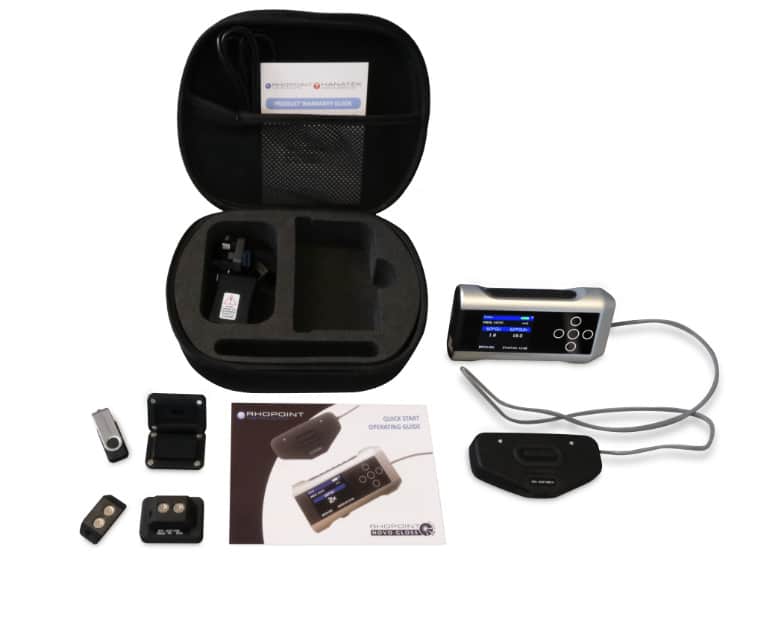

Gloss has been defined as ‘The attribute of surfaces that causes them to have shiny or lustrous, metallic appearance.’
Manufacturers design their products to have maximum appeal: from highly reflective car body panels to glossy household appliances or matt finish automotive interior trim.
This is especially noticeable where parts may be produced by different manufacturers or factories but will be placed adjacent to one another to create the finished product.
Gloss can also be a measure of the quality of the surface, for instance a drop in the gloss of a coated surface may indicate problems with its cure, leading to other failures such as poor adhesion or lack of protection for the coated surface.
The gloss of a surface can be greatly influenced by a number of factors, for example the smoothness achieved during polishing, the amount and type of coating applied or the quality of the substrate.
It is for these reasons that many manufacturing industries monitor the gloss of their products, from cars, printing and furniture to food, pharmaceuticals and consumer electronics.
It is important therefore that gloss levels are achieved consistently on every product or across different batches of products.
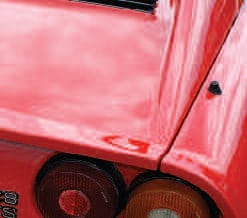
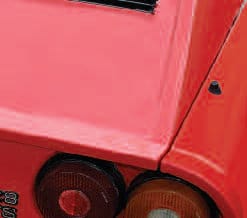

ISO 2813 and ASTM D523 (the most commonly used standards) describe three measurement angles to measure gloss across all surfaces.
Gloss is measured in gloss units (GU) and is traceable to reference standards held at NIST (USA).
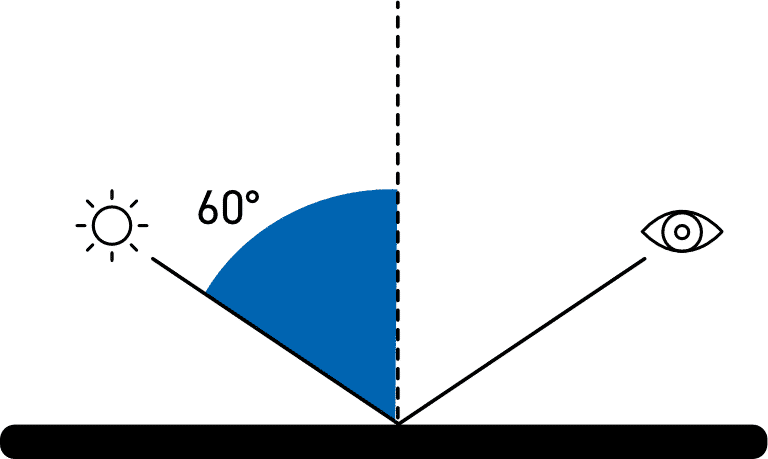
All gloss levels can be measured using the standard measurement angle of 60°. This is used as the reference angle with the complimentary angles of 85° and 20° often used for low and high gloss levels respectively.
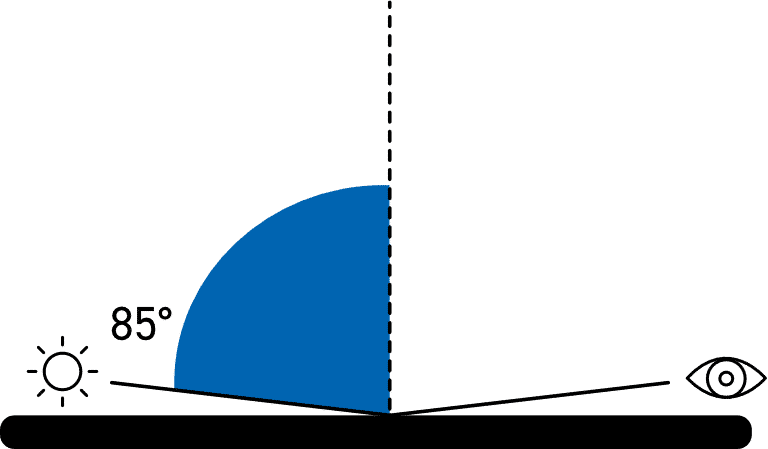
For improved resolution of low gloss a grazing angle of 85° is used to measure the surface. This angle is recommended for surfaces which measure less than 10GU when measured at 60°.
This angle also has a larger measurement spot which will average out differences in the gloss of textured or slightly uneven surfaces.
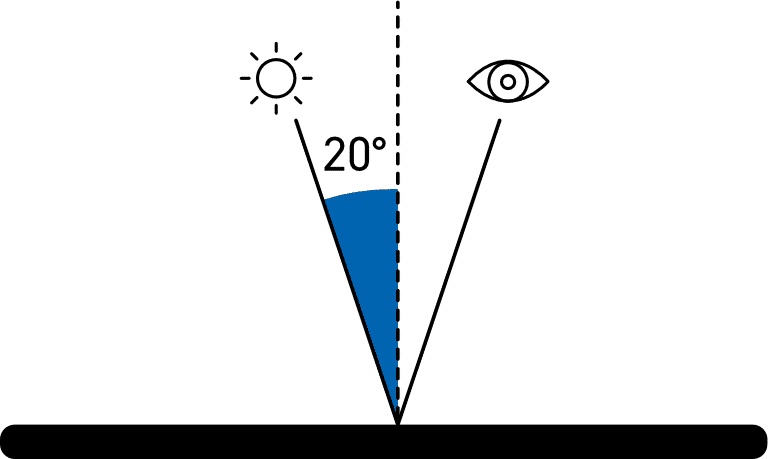
The acute measurement angle of 20° gives improved resolution for high gloss surfaces. Surfaces that measure 70GU and above at the standard angle of 60° are often measured with this geometry.
The 20° angle is more sensitive to haze effects that affect the appearance of a surface.

This measuring angle is in accordance with the ISO 2457 standard for the gloss measurement of plastic films and solid plastic parts as well as according to the standard ASTM C346 for the gloss measurement of ceramics

All gloss levels can be measured using the standard measurement angle of 60°. This is used as the reference angle with the complimentary angles of 85° and 20° often used for low and high gloss levels respectively.

For improved resolution of low gloss a grazing angle of 85° is used to measure the surface. This angle is recommended for surfaces which measure less than 10GU when measured at 60°.
This angle also has a larger measurement spot which will average out differences in the gloss of textured or slightly uneven surfaces.

The acute measurement angle of 20° gives improved resolution for high gloss surfaces. Surfaces that measure 70GU and above at the standard angle of 60° are often measured with this geometry.
The 20° angle is more sensitive to haze effects that affect the appearance of a surface.
To quantify haze, distinctness of image, reflected image quality and other surface texturing please consider the Rhopoint IQ.
Gloss is an aspect of the visual perception of objects that is as important as colour when considering the psychological impact of products on a
Identify the surface that you wish to measure. Is it a flat surface? If so, it can be measured with a traditional glossmeter. Curved surfaces
RSpec is the peak reflectance measured over a very narrow angular band in the specular direction (+/-) 0.0991º. RSpec is very sensitive to any texture
Please note, this is NOT a quotation, just a confirmation of the price when purchased in the UK exclusive of VAT/duties